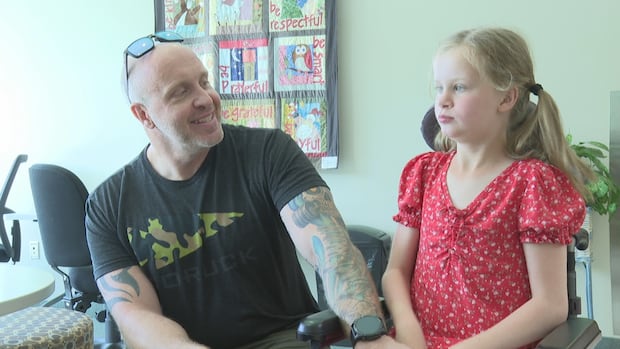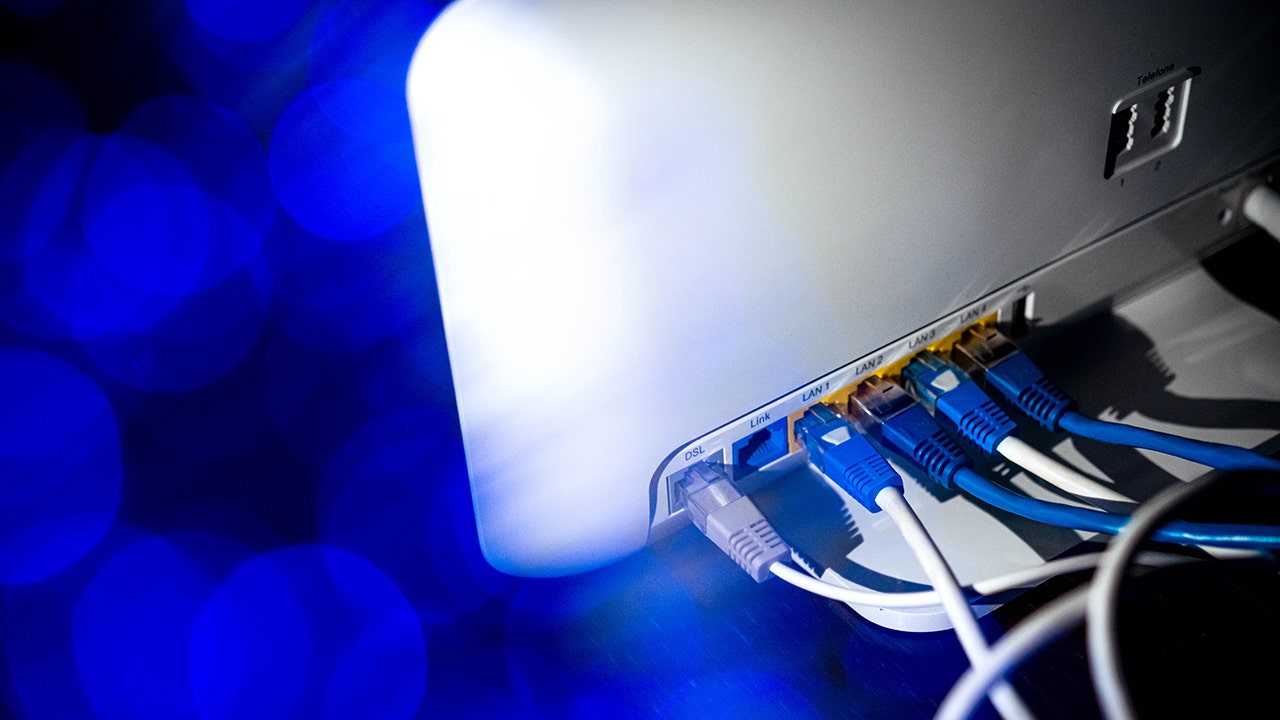‘Very emotional’: Brain-scanning tech gives kids with disabilities new powers

Technology that allows users to control their environment with mere thoughts may sound like something out of a futuristic film, but for kids with disabilities in Ontario, it’s becoming a reality that is revolutionizing the way they interact with the world around them.
One such child benefiting from this emerging technology is Irelynn, a 10-year-old who is non-verbal and has limited mobility. With the help of a brain computer interface (BCI) headset, Irelynn can make a toy play music simply by thinking about clapping. Her father, Jeff, describes it as “probably the best thing I’ve ever seen.”
The BCI technology works by using sensors in the headset to detect electrical signals in the user’s brain. Occupational therapist Susannah Van Damme, who leads the clinical BCI program at Holland Bloorview Kids Rehabilitation Hospital in Toronto, explains that Irelynn has been taught to train the software to recognize specific thought commands. In Irelynn’s case, her love for applause and clapping was the first command thought they worked on.
The John McGivney Children’s Centre in Windsor, Ontario, is one of the first facilities in the province to implement training with the BCI tool, thanks to a $30 million donation from the Slaight Family Foundation. Jodi Fischer, manager for occupational therapy and physiotherapy at McGivney, describes the early stages of training as “very exciting,” noting that the technology is giving children the ability to control their environment in ways they never thought possible.
One of the children at McGivney used the BCI technology to make a machine throw a ball, demonstrating the potential for integration into group programs or even family playtime in the future. While the technology is still being refined, it has already shown incredible promise in empowering children with disabilities to interact with the world around them.
Van Damme acknowledges that the current headsets were designed for adults and hopes for continued improvements in the technology. Despite its imperfections, Jeff, Irelynn’s father, is grateful for the device’s impact on their lives. Irelynn was diagnosed with STXBP1 disorder, a rare genetic condition, as a toddler, and the BCI technology has opened up new possibilities for her.
Both Jeff and Fischer see the BCI tool as a beacon of hope for the future of technology in assisting people with disabilities. The potential for advancements in this field is vast, and they are excited to see where it will lead. As technology continues to evolve, the possibilities for enhancing the lives of individuals with disabilities are boundless.




